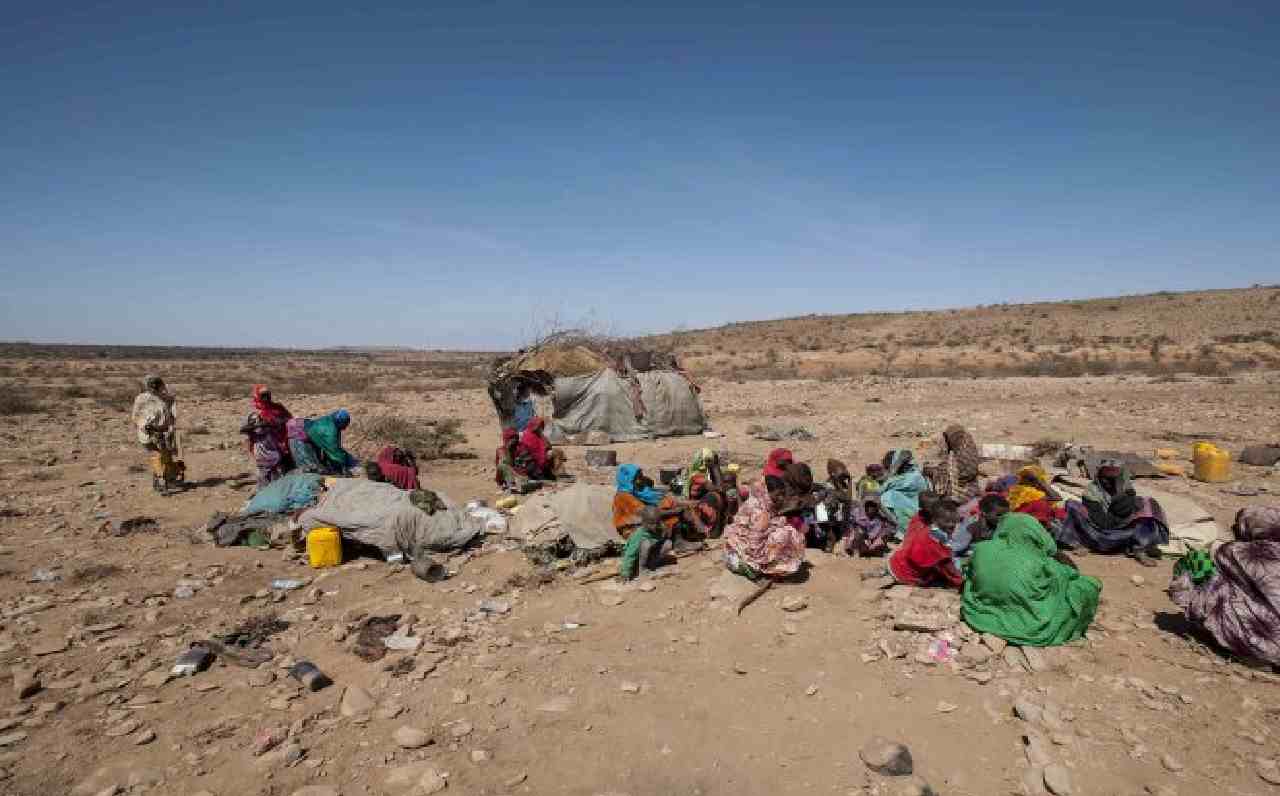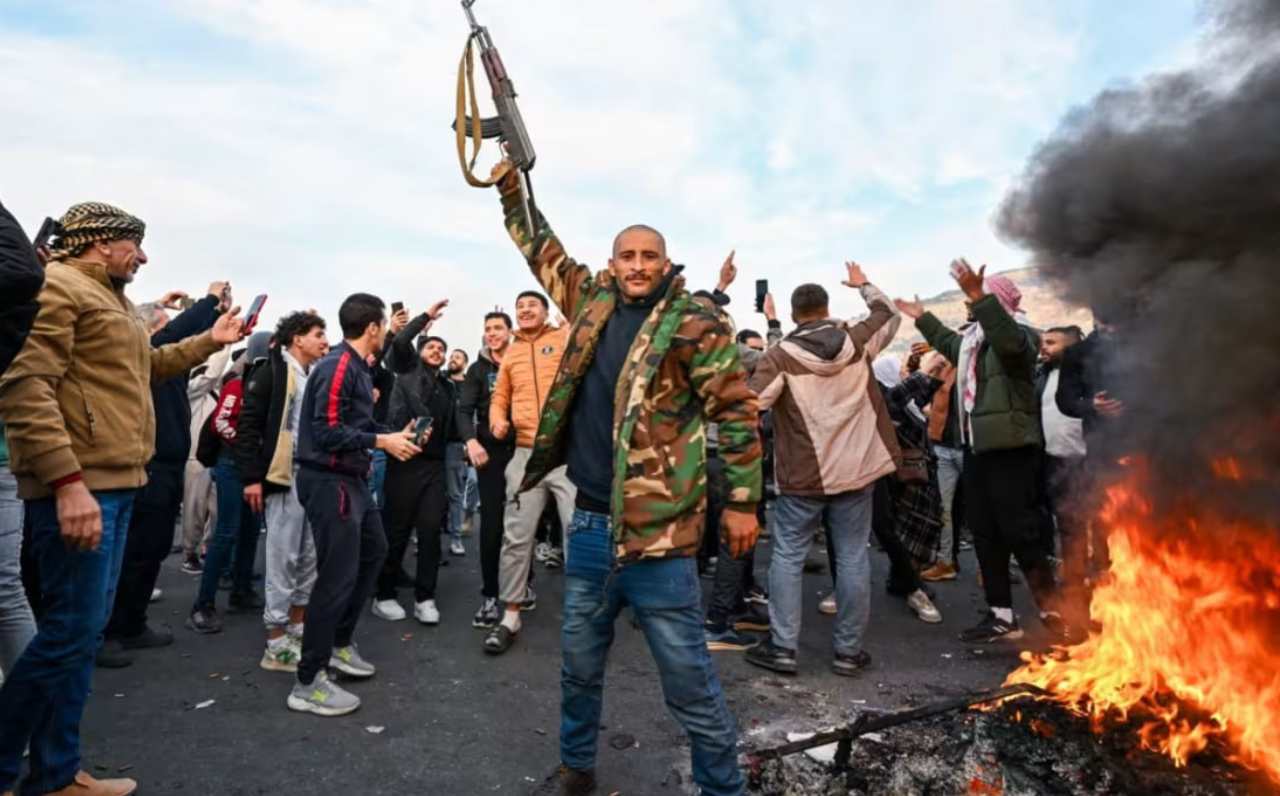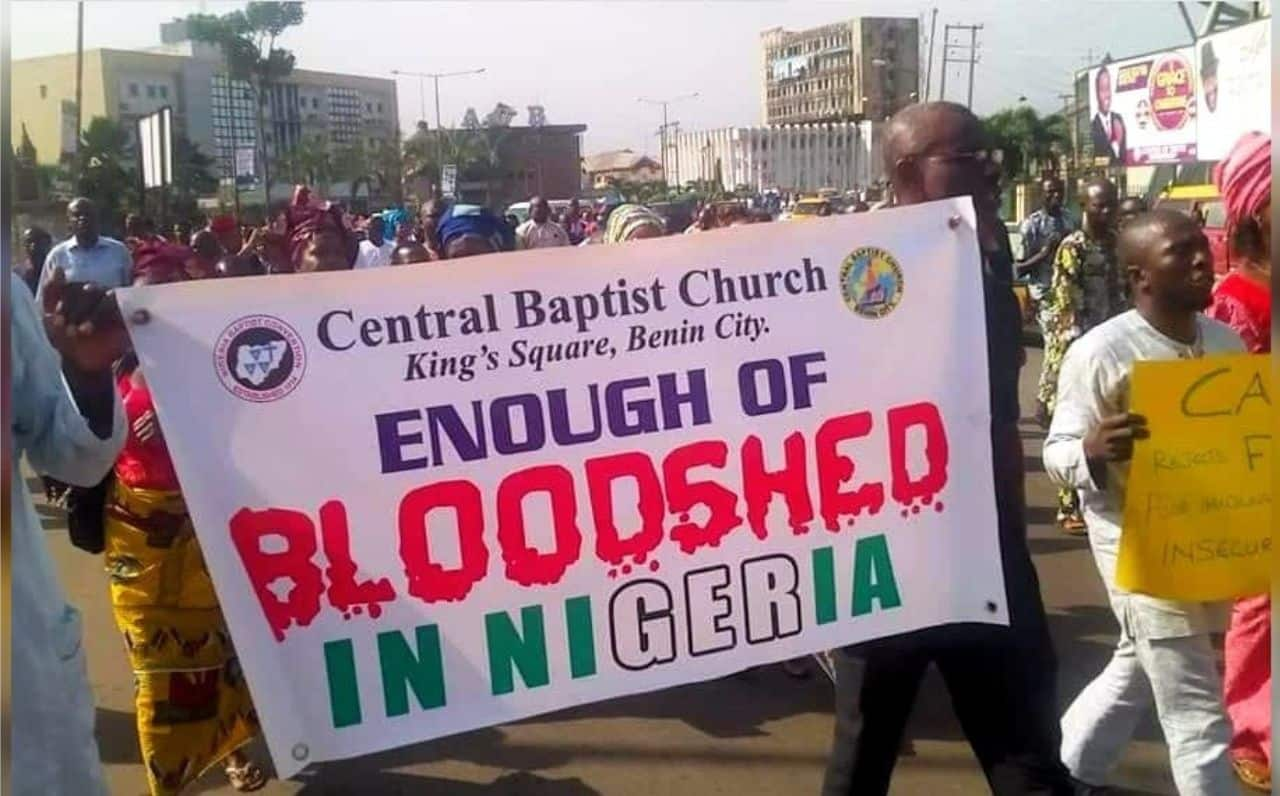Forecast more than one million refugees in 2022

Drought in Somalia has reached its peak point.
On November 23, 2021, the Somali government declared a state of emergency due to drought. To support operational planning, DTM Somalia analyzed data on previous droughts from 2017 to 2021 to better assess potential hotspots for internal migration in the next six months. These assessments predict two main scenarios. These two scenarios estimate that a total of more than one million people will be displaced by the drought in the first six months of 2022.
A recent analysis by the International Organization for Migration (IOM) displacement matrix (DTM) shows that worsening drought conditions in Somalia could displace more than one million people by April.
Widespread drought in the Horn of Africa has hit Somalia hardest, prompting the government to declare a state of emergency in November. Water scarcity is the worst situation in the last 40 years in some parts of the country. Livestock are dying and the price of essential food is unaffordable for most people.
More than 2.3 million people have been forced to flee their homes in search of food, water and pasture, especially in the central and southern regions of the country. Conditions are likely to worsen as Somalia faces a fourth consecutive failed rainy season from April to June.
Affected communities are in urgent need of assistance, especially internally displaced persons (IDPs) and migrants who continue to face dangerous living conditions and a lack of services in informal settlements across the country. There are an estimated 2.9 million internally displaced persons in Somalia.
"If we act now, we can reduce further displacement," said Mohammed Abdul Azim, IOM Somalia emergency coordinator. "Immediate action is needed to save lives and avoid further needs in the future."
"We are focused on helping the communities in which they live or in smaller towns near their main location, while at the same time increasing preparatory activities in major urban centers," Abdul Azim said. More displacement to large cities affects vital services such as health care, leading to disease outbreaks and other major service-related concerns.
The United Nations, local partners and some international organizations are working together to address the acute water needs of internally displaced persons and vulnerable groups. These include transporting water, distributing sanitary packages, and building shallow wells. The aim of these efforts is to prevent a human catastrophe that may exacerbate the current situation.
Based on previous patterns of drought displacement in Somalia, affected populations are likely to be relocated from rural to urban areas, increasing pressure on areas that currently host large numbers of internally displaced persons and where services are very limited.
Meanwhile Somalia is a key transit route and to some extent a destination country for migrant flows. It continues to see an influx of migrants from neighboring countries, and through illegal immigration routes, especially from Ethiopia. Ethiopian migrants continue to settle in Somalia, and while the number of migrants traveling to Yemen via Somalia is expected to increase, more Yemenis and Ethiopians are expected to arrive in Somalia in 2022.
Source and Credit: DTM, RW, IO, UN
Africa

2022 Jan 27
Middle east

2024 Dec 10
Africa

2024 May 10
Threats against Christians in Australia increase
International, Americas

2024 Apr 16
Increasing Arrests and Faceless Victims Revealed in Latest Findings.
Middle east

2024 Feb 23
SimilarNews
 Congo-Rwanda Border Tensions Surge: Conflict Fears Mount
Congo-Rwanda Border Tensions Surge: Conflict Fears Mount Escalating Hostilities Prompt International Concern
Africa

2024 Feb 20



